3 Tips to Minimise the Risk of Wind Mitigations Impacting your Project’s Timeline & Budget
Posted on March 8, 2023
Wind studies for building construction projects can take on different forms depending on their purpose. Some studies aim to ensure the structural integrity of tall buildings against extreme weather conditions like typhoons or hurricanes. Others may focus on mitigating the impact of wind from a serviceability point of view i.e. wind induced noise and wind driven rain.
One of the most frequently conducted wind studies is the assessment of Pedestrian Pedestrian Wind Environment Impacts. These studies are crucial in ensuring the safety and comfort of pedestrians in critical outdoor areas within the urban landscape. They do this by identifying areas that are subject to adverse wind conditions including the mechanisms behind them. This then allows for the development of treatment strategies to ameliorate the impacts which impact the design. This article aims to offer insights on how to minimise the risk to project budgets and timelines as a result of these necessary and helpful studies being implemented as part of the design process.
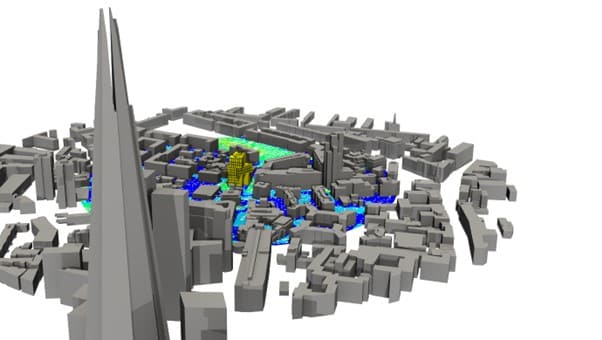
Pedestrian Wind Environment Analysis on a project in London
Known as “Pedestrian Microclimate” or “Pedestrian Wind Comfort” studies, the assessment is essential for ensuring safe, comfortable, and functional outdoor spaces for pedestrians. Windtech, with decades of experience in Pedestrian Wind Environment studies, recognises that working collaboratively with clients and keeping them informed about best practices is vital for meeting and exceeding expectations.
So, when conducting Pedestrian Wind Environment studies what are some tips to minimise the risk of wind mitigations impacting your project’s timeline and budget. Here are our top three:
1. Consider getting an early-stage assessment to ensure a smooth and cost-effective wind study process.
At Windtech, we offer preliminary pedestrian wind environment assessments that can identify high-risk areas and advise on the best approach based on the location, timeline, and specific project requirements. Depending on the project size and complexity, we may recommend a desktop assessment or a CFD study.
Getting an early-stage assessment allows us to assist in developing integrated, elegant, and cost-effective wind mitigation strategies that are harder to implement at later stages of the design process. After agreeing on a strategy, we may suggest preliminary mitigation testing, usually through CFD, to accurately quantify the effect of the proposed strategy and make any necessary adjustments. This approach helps to streamline the design process and ensure a successful outcome for your project.
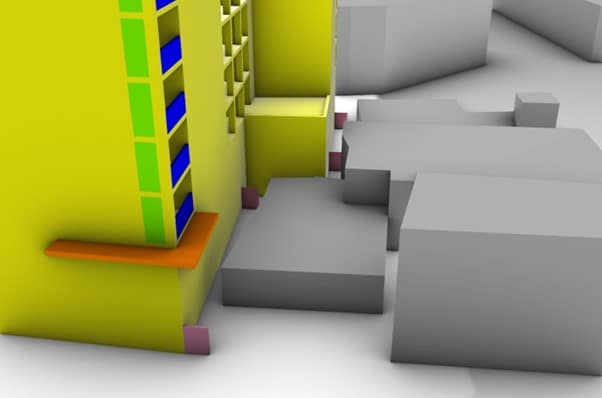
An example of wind mitigation being tested using a CFD model
2. Plan Ahead and Allocate Sufficient Time for Implementing Wind Mitigation
At Windtech, we believe in identifying potential high-risk areas in your development as early as possible, so you can integrate effective wind mitigation measures without compromising on the overall design. By contacting us during the initial stages of your project, we can provide you with a competitive scope, fee, and timeline, and guide you towards the appropriate guidelines.
We understand the importance of time in any project and take pride in developing customized wind mitigation solutions that are not over-specified. To ensure a successful outcome, we recommend starting with a detailed wind tunnel and/or computational fluid dynamics (CFD) study as soon as the building envelope has been set. This allows for sufficient time for at least one round of wind mitigation tests, if needed, after we provide our initial report.
We acknowledge that time constraints are always a challenge, but engaging with us early in the design process will make the entire process less stressful and lead to a better overall design outcome. Request a quote today and allow us to help you mitigate the potential risks of wind impact on your development.
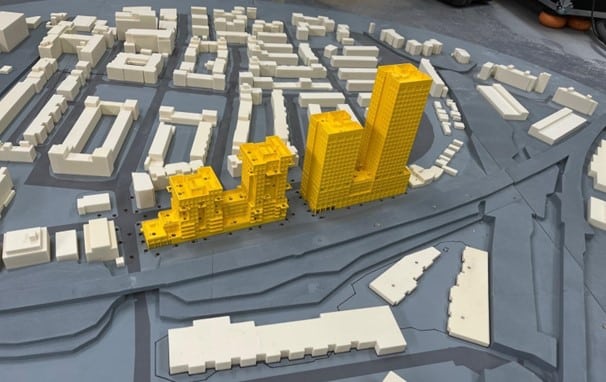
Pedestrian Wind Environment Wind Tunnel Model Showing Probe Locations
3. Enhance your knowledge of wind dynamics and its effects on buildings.
Although wind engineering may seem simple, acquiring a deep understanding of how wind interacts with buildings and affects occupants can take years or even decades of experience. However, once you acquire this knowledge, you’ll be able to identify potential risk areas and recognize primary flow effects that could impact your project’s development.
To start, we suggest determining the predominant wind direction in the area and analysing the impact of downwash and funnelling on the building. This will help you gain a comprehensive understanding of how wind can affect the development of your project.
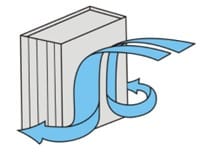
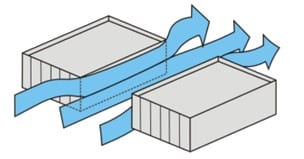
Downwash???????????????? Funnelling
A simple guide (which discusses other potential wind mechanisms) is provided here: https://windtechconsult.com/20-seriously-effective-wind-mitigation-strategies-for-your-next-project/
Alternatively, why not schedule a presentation with one of our team members? With offices in Sydney & Melbourne, Australia, London, UK, and Mumbai, India. New York & Miami, USA, Dubai, Hong Kong & Singapore, we guarantee to support you wherever you are based. Get in touch here.
Bonus Tip: Beware of relying on low-quality CFD.
It is not uncommon for clients to approach us with the belief that their project has no wind issues because they have already conducted a basic CFD analysis that did not identify any problems. However, we have seen instances where off-the-shelf CFD software or studies undertaken with unproven methodologies have led to results with a significant discrepancy of 40-50% against wind tunnel test results. This discrepancy can lead to a false sense of confidence in the scheme’s wind environment performance, which could result in an unpleasant surprise during the final, detailed wind tunnel study assessment. Therefore, it is essential to be cautious of the quality of the CFD analysis and to validate the methodology before relying on its results.
We recommend reviewing further information on benchmarking and validation of CFD simulations applied to the pedestrian wind environment around buildings, which can be found in the links provided below.
1. AIJ guidelines for practical applications of CFD to pedestrian wind environment around buildings: https://www.sciencedirect.com/science/article/abs/pii/S0167610508000445
2. AIJ Benchmarks for Validation of CFD Simulations Applied to Pedestrian Wind Environment around Buildings https://www.aij.or.jp/eng/publish/vsapwe2016e_tb_of_cont.pdf
3. Best Practice Guideline for the CFD Simulation of Flows in the Urban Environment: COST Action 732 Quality Assurance and Improvement of Microscale Meteorological Models: Best_Practice_Guideline_for_the_CFD_Simulation_of_Flows_in_the_Urban_Environment
Do you need help with an upcoming project? Don’t hesitate to contact our dedicated Global Wind Engineering team, who will gladly assist. With offices in Sydney & Melbourne, Australia, London, UK, and Mumbai, India. New York & Miami, USA, Dubai, Hong Kong & Singapore, we guarantee to support you wherever you are based.
Return to Main News Page

